
Distinguishing Between Genital Repair, Vaginal Tightening,
Labiaplasty, and Labia Decoration
Beyond skin dullness, wrinkles can dent girls’ confidence, hint at health issues, or create a gap between Labia. Regardless of outer appearance or internal wellness, restoring youthful beauty involves vaginal rejuvenation and labial enhancement. Join us to dispel doubts and embrace transformative solutions.
What is Vaginal Repair?
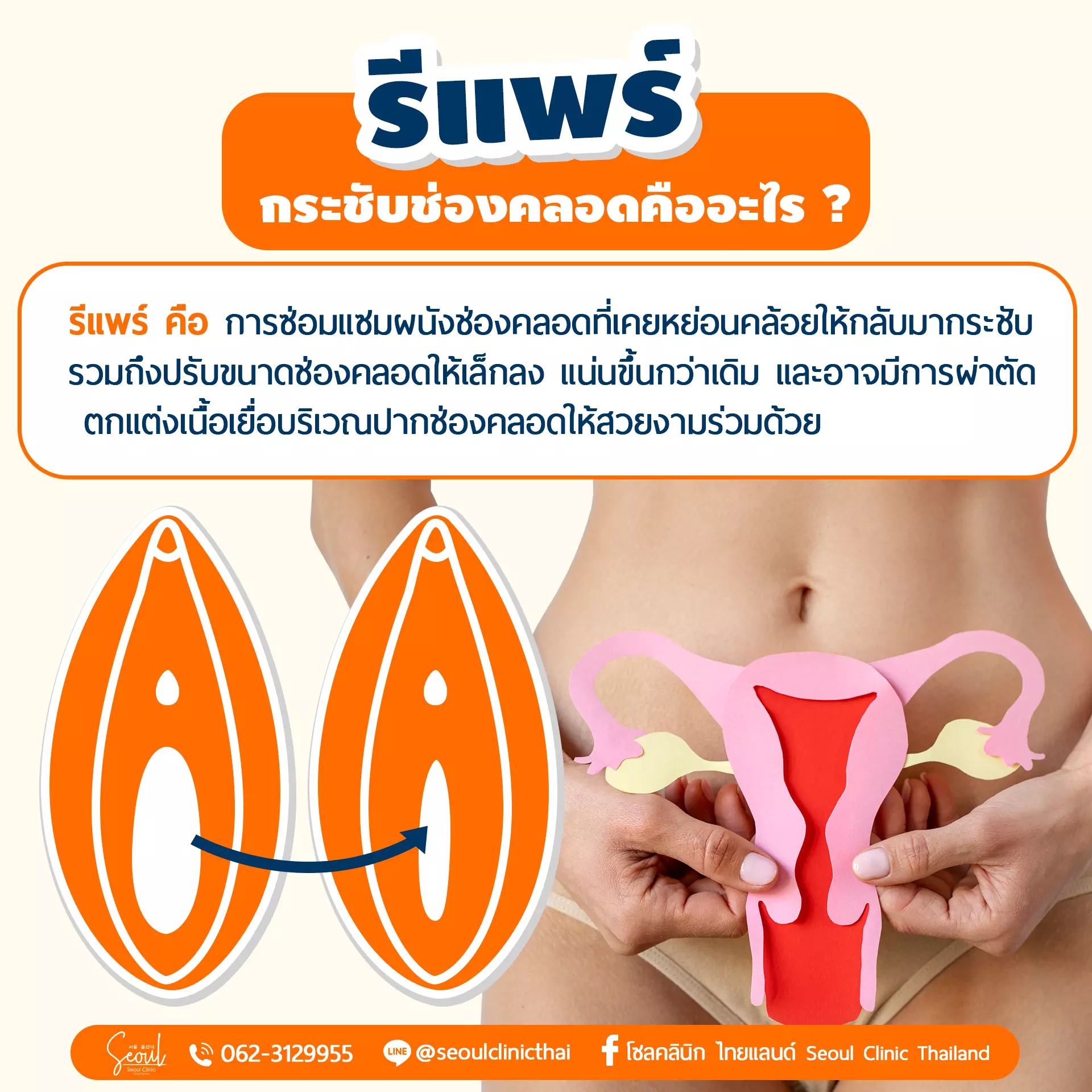
Vaginal tightening repair involves restoring firmness to the vaginal walls that have become lax, often due to factors like childbirth or aging. This procedure can also involve resizing the vagina to a smaller, tighter state than before. Additionally, surgery may be performed to enhance the appearance of the tissue surrounding the vulva, enhancing its aesthetic appeal.
Vaginal Restoration and Firming: Therapeutic Benefits

- Addressing the issue of vaginal looseness, restoring tone and tightness.
- Refining the appearance of the vulva for a more aesthetically pleasing look.
- Maintaining moisture and health of the vaginal walls, potentially reducing risks of infections or discomfort.
- Strengthening pelvic floor muscles can help minimize episodes of urinary leakage.
- Improving vaginal tightness and sensation can lead to increased pleasure and satisfaction during sexual intercourse.
Who is the repair vagina suitable for?

- Individuals experiencing laxity of the vaginal walls.
- Individuals seeking vaginal size reduction.
- Individuals desiring enhanced sexual satisfaction.
Pre-operative vaginal tightening procedures
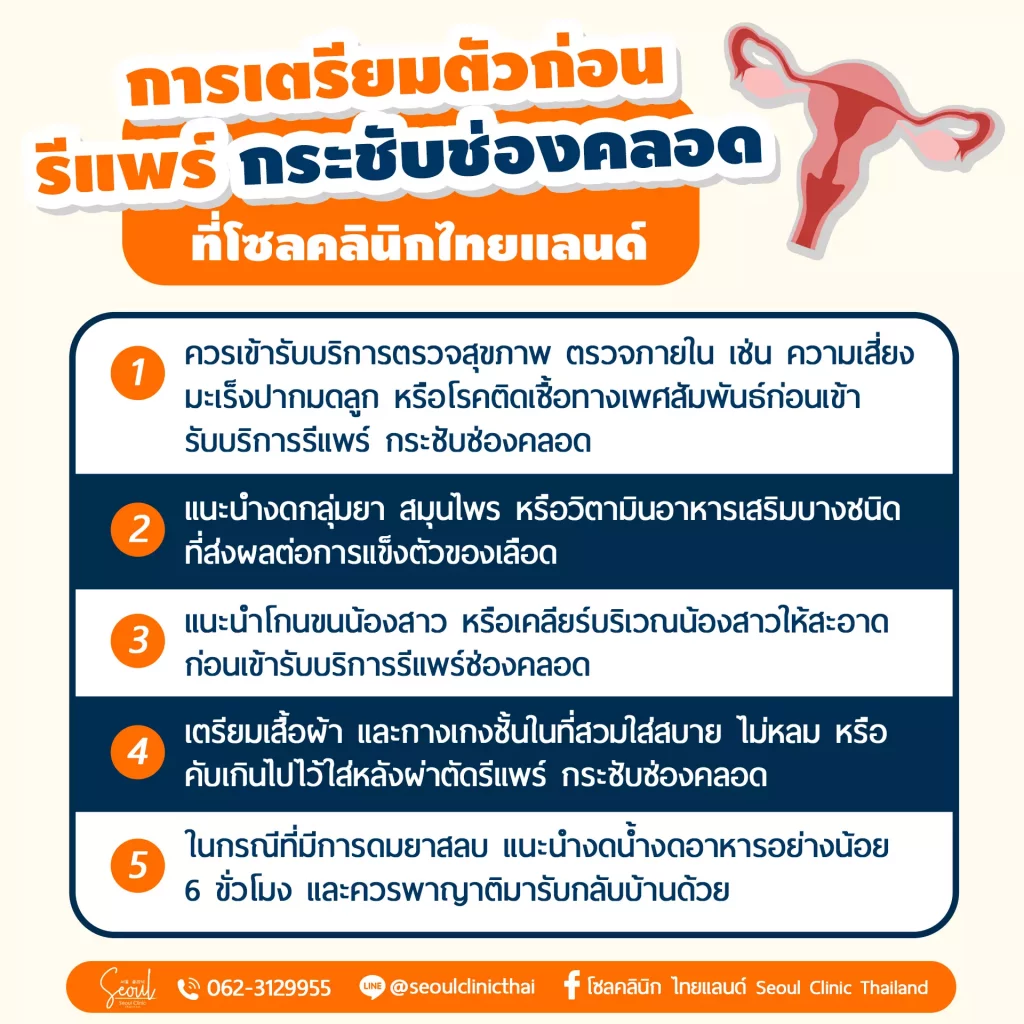
- Prior to undergoing vaginal tightening procedures, it is essential to undergo health check-up services, including internal examinations to assess risks such as cervical cancer or sexually transmitted infections.
- It is advisable to avoid medications, herbs, or vitamin supplements known to affect blood clotting prior to the procedure.
- Before receiving vaginal repair services, it is recommended to either shave the area or ensure thorough cleanliness.
- Prepare comfortable clothing and underwear for post-surgery wear, avoiding garments that are excessively loose or tight.
- For anesthesia, refrain from consuming food or water for a minimum of 6 hours before the procedure, and arrange for a relative to accompany you home afterward.
Post-operative care following vaginal tightening procedures
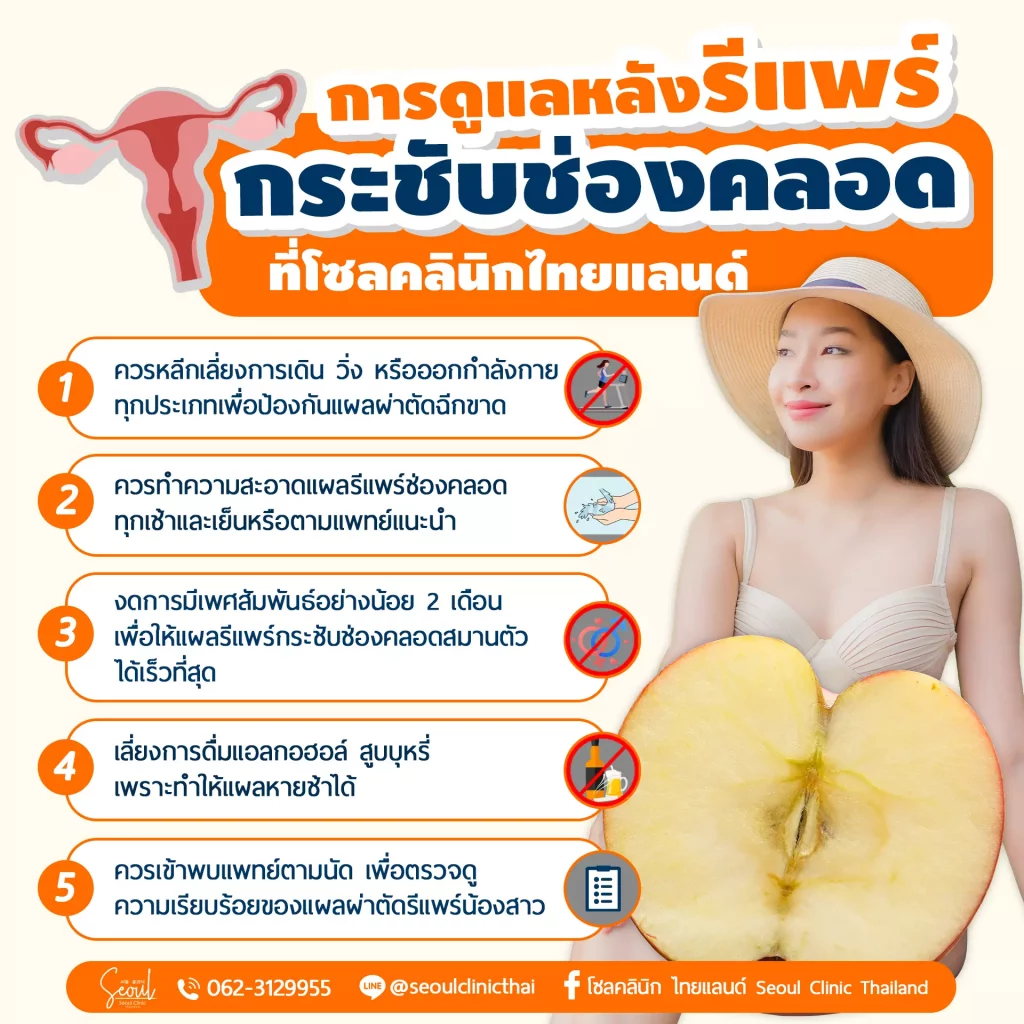
After undergoing vaginal tightening surgery, it’s advisable to:
- Avoid Strenuous Activities: Refrain from walking, running, or engaging in exercise to prevent the risk of tearing the surgical wound.
- Wound Cleaning: Clean the vaginal repair wound every morning and evening, following the guidance provided by your doctor.
- Abstain from Sexual Activity: Avoid sexual intercourse for at least 2 months to allow proper healing of the vaginal repair wound.
- Avoid Alcohol and Smoking: Steer clear of alcohol consumption and smoking, as they can impede wound healing processes.
- Attend Follow-up Appointments: Keep scheduled appointments with your doctor for wound assessment and to ensure proper healing of the surgical site.
What is Labiaplasty Surgery?
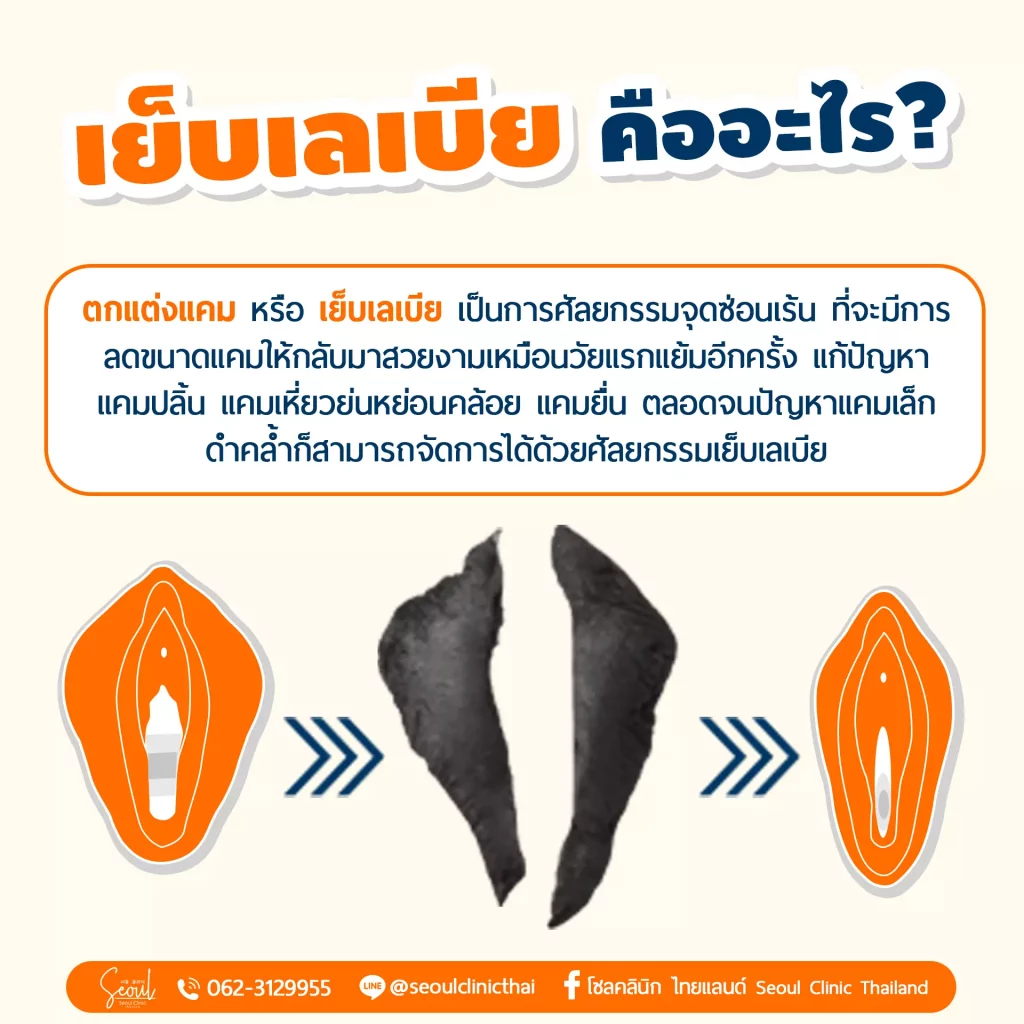
Labiaplasty surgery, often referred to as labial reduction or labia rejuvenation, addresses various concerns related to the labia minora. These may include reducing the size of the labia minora to enhance aesthetics and restore a more youthful appearance. Additionally, labiaplasty can address issues such as wrinkled, sagging, protruding, or darkened labia, providing a solution for individuals seeking to improve the appearance and comfort of their genital area.
What are the benefits of labiaplasty surgery?

The benefits of labiaplasty surgery include:
- Correction of wrinkled, protruding, and bulging labia, leading to a smoother and more symmetrical appearance.
- Resolution of uneven labial wings, creating a balanced and harmonious genital aesthetic.
- Improvement in self-confidence by addressing labial deformities that may cause embarrassment or discomfort.
- Alleviation of discomfort or pulling sensations during intercourse through labial sewing techniques, enhancing sexual pleasure and intimacy.
Who is Labiaplasty surgery suitable for?

Labiaplasty surgery can benefit individuals experiencing:
- Asymmetrical or small, wrinkled labia minora, seeking to achieve symmetry and smoothness.
- Desire for aesthetic improvement of the labia minora shape for enhanced beauty and confidence.
- Pain or irritation in the labia minora caused by tight clothing or physical activity.
- Discomfort or pain during sexual intercourse due to labial issues, aiming to improve sexual comfort and intimacy.
Preparation before Labiaplasty surgery

Preparation before labiaplasty surgery involves several steps:
- Provide Health History: Inform your surgeon about your medical history, including any congenital diseases, allergies, and medications, herbs, vitamins, or supplements you regularly take.
- Avoid Alcohol and Smoking: Refrain from drinking alcohol and smoking for at least one week before surgery to reduce the risk of infection and optimize healing.
- Hair Removal: Completely remove hair from the genital area before the labiaplasty procedure to ensure cleanliness and minimize the risk of infection.
- Comfortable Clothing: Prepare easy-to-wear, comfortable clothing to wear after labiaplasty surgery, avoiding tight or restrictive garments that may cause discomfort during recovery.
Post-operative care of labiaplasty surgery

Post-labiaplasty care instructions include:
- Pain and Swelling Management: Use cold compresses during the first 3 days to alleviate pain, swelling, and bleeding after surgery.
- Gentle Cleaning: Shower normally after surgery, avoiding liquid detergent for the initial wash. Instead, use plain water to gently clean the surgical area.
- Avoidance of Strenuous Activity: Refrain from exercise or heavy exertion for one month following labial sewing to promote proper healing.
- Dietary Restrictions: Avoid consuming slang food, semi-cooked, semi-raw, or fermented foods, as they may increase the risk of wound infection.
- Follow-up Appointments: Schedule regular follow-up appointments with your surgeon for evaluation of healing progress. Notify your doctor immediately if you experience any unusual symptoms or concerns.
What is the difference between Vaginal Repair and Labiaplasty surgery?
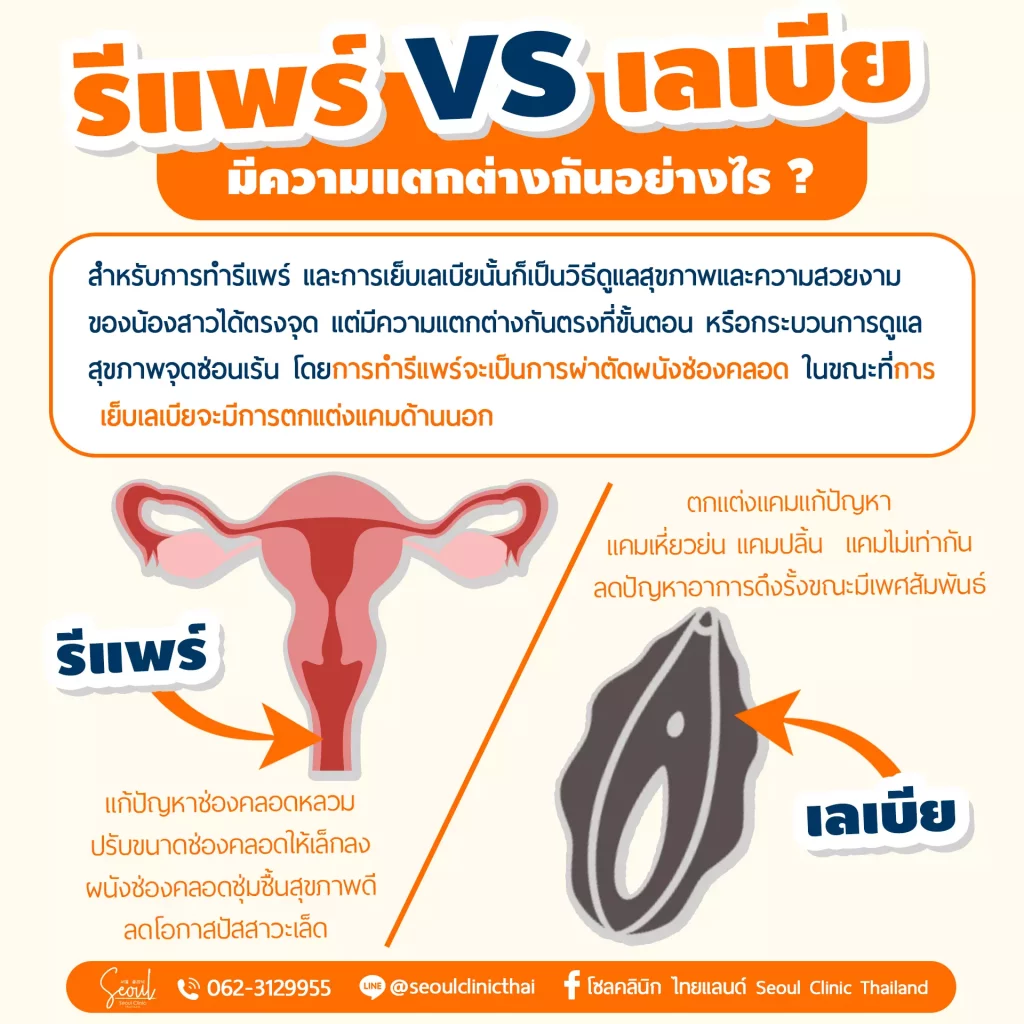
Vaginal tightening repair and labiaplasty are both procedures aimed at enhancing vaginal health and aesthetics, but they differ in their focus and techniques. Vaginal tightening repair involves surgery on the vaginal wall to address issues like laxity or looseness, improving tone and function internally. On the other hand, labiaplasty, specifically labia suturing, focuses on the external genitalia, particularly the labia minora, to reshape or suture them for aesthetic purposes or to alleviate discomfort. Each procedure targets different aspects of vaginal health and beauty, catering to individual needs and concerns.
summary
Vaginal repair focuses on tightening and strengthening the vaginal walls to address issues such as laxity or looseness, which can occur due to childbirth, aging, or other factors. This procedure aims to improve vaginal tone, sensation, and sexual satisfaction by restoring the vaginal canal to a more youthful and functional state.
On the other hand, labiaplasty, including labia suturing, targets the external genitalia, particularly the labia minora, to reshape or reduce their size for aesthetic purposes or to alleviate discomfort. Each procedure serves different purposes and addresses different aspects of vaginal health and beauty.
Consulting with an expert doctor is crucial to receive personalized advice and determine which method will be suitable for addressing the specific concerns faced by your vagina. This will help restore her confidence and achieve her desired outcome effectively and safely.
Duration of repair


